So the other day, I noticed I received an intriguing email from one of our Gink & Gasoline followers, commenting on my Angler Positioning post.
It just so happened to be Chris Dore who sent the email, a very popular fly fishing guide from New Zealand. We hit it off pretty quick, he said he loved the blog and we immediately began replying back and forth to each other about trout fishing techniques and tactics. I’d ask him a question on how he would handle a specific scenario and he did the same. I soon realized the knowledge he was providing me was invaluable, and I requested that he write a guest post on the blog so all the G&G followers could get in on the action. I asked Chris to talk about a handful of nymph patterns that he always carries with him on the water. Specifically the ones that always seem to get the job done for him. With no hesitation, Chris replied with this great article for nymphing New Zealand trout water, showcasing some of his favorite nymph patterns.
Kiwi Nymphing – By Chris Dore
New Zealand trout streams do not possess the sheer numbers of aquatic invertebrates found in most North American waters. With the exception of the famous Mataura River in Southland, trout do not have much opportunity to lock onto just one food source–they must take what comes by or they simply may not eat. This opportunistic feeding behavior forces the Kiwi Angler to think more along the lines of presentation over imitation when nymph fishing for trout, and if a trout does not eat your size 16 pheasant-tail or hares-ear nymph, you’d better check your presentation mate.
Follow me…
The three things I consider when confronted by a nymphing fish or an orgasmic piece of trout water here in New Zealand, are size, color and weight.
Size isn’t too important but is still a factor to consider. Again, this comes down to the lack of numbers thing: mayflies, caddisflies and stoneflies are present in most streams across the size range, and so trout won’t often discern between a size 16 and 18, or a size 14 or 16, etc. Basically, turn over a rock in your river or stream of the day, and choose a fly pattern that’s amongst the size range you see scurrying about.
Now as a total simplification, most of the crawlies found in our trout streams can be classified as small and dark or big and green. Mayflies, caddisflies, snails, chironomids, stoneflies and dobsonflies all fall into this, and so my fly box represents this. We don’t require all the different color variations I see discussed in American magazines. Our fish pretty much have to eat whatever comes past them in the drift. makes things easy for us tiers here in NZ.
Weight is the major factor I pay close attention to in my nymph fishing. If you aren’t getting down in the trout’s face, then you simply won’t catch fish. Often, I see people covering fish with no results, switching patterns every second, “because he must have seen that”! Well buddy, I don’t think he did.
It’s amazing just how much weight you actually need to get your flies down in fast water, or even through the pools when the fish are feeding deep. It’s always eye opening when you see a fish lift, lift and lift through the water column, and then eat your double tungsten, wired abdomen nymph. Carry flies in a wide range of weights, from the aforementioned double tungsten slim profile depth chargers, to fluffy unweighted nymph patterns, when fish are feeding just below the surface or in the slacker edgewaters. A double tungsten size 16 pheasant-tail or copper john can be just as deadly on my of our headwater streams.
So to the fly Box!
I get by on a handful of nymph patterns each season, tied in different sizes and from unweighted, to lightly leaded, to beaded and double tungsten. I’m never slow to add split-shot when I think I’m not quite getting there either. Let’s look at a small list of some of my favorite standbys that are sure to get you into fish throughout New Zealand. Remember though, it all comes down to presentation, and if you don’t get the fly drifting as desired, in front of the fish, they will not take it.
Simons Uglies
The Simons Uglies is a commercial tie from Simon Chu and Manic Tackle. A bling fly that gets noticed with its flashy materials, provides movement with its rubber legs, and most importantly, gets deep via double tungsten beads and a slim profile.
Many people underestimate the importance of depth when nymphing, and sure, whilst fish will often lift for a suitable pattern, but if your fly is right down there in their face, there’s less chance of the trout munching a closer and easier to reach morsel of food. As previously mentioned, sometimes standard tungsten flies just don’t cut it for depth. The movement and flash of the ugly also assists in catching the trouts eye, making your fly stand out from the crowd, while retaining a fish catching profile.
Fished it in green and red in off-colored water or in low light conditions. Tied in Black and Purple is another favorite of mine for this fly. Don’t think Simons Uglies are just for early season trout fishing in NZ, they will produce throughout the season from Fiordland to the upper Mataura and many places in between. Anywhere you need to get down to hook up, a size 10 or 12 ugly fished solo or trailing a wee glister nymph behind will get the job done. Try the hair and copper versions if bright colored bling flies scare you.
Simons Iron Maidens
As Rene Vas quips, who says the bomb is a sacrificial fly? Basically the Iron Maiden is a fish catcher designed to get deep, fast. With the snow melt and general fuller flows, this heavy nymph will get you down into the bingo zone with it’s two tungsten beads, wired abdomen, heavy gauge hook and epoxied wing case. This slim profiled small nymph drops like a stone in the water, without all the hassles associated with casting larger and bulkier leaded bombs. You can tie it down to #16 in green, copper or my favorite, wine. This is a fly pattern I keep close at hand anywhere trout swim.
The Glister Nymph
This is my top fish taker and is simply a hare and copper tied, using Veniard brown glister sparkle dubbing. This material provides what I like to call “subtle bling”. It gives off just enough flash to get the fly noticed in amongst a bunch of naturals, yet not so much to alert our wary southern browns.
Tie it weighted, double beaded, unweighted, on a curved or straight shanked hook. Just put it out there in front of the fish and let the good times roll! It pretty much imitates anything small and dark for all our aquatic species. Tie it slim for a quick sinker or fat and buggy for a slower sink when fishing around edgewaters or lake margins.
Hotspot Green Caddis
The Hotspot Green Caddis is my first choice for rocky headwaters where the free living caddis makes up a large portion of the backcountry trout’s diet. The slender body also suggests stoneflies, so we are really killing two birds with one stone when fishing it. Ensure you carry some extra heavy models for the faster bouldery runs, because getting down to the correct level is often essential in our southern backcountry waters. However, it’s also important to carry smaller and lightly weighted versions for the shallower low land streams and edgewaters. Vary the color and size of the hotspot to see what hits for you. I like a touch of red or hot orange at the head just to catch the trouts eye.
Spiders
Simply sparse, soft-hackled wets as fished anywhere in the world. Spiders not only excel in teams on stillwaters or swung across wide slow pools, but pretty much are suitable for any water fished as droppers behind any of the above fly patterns I’ve mentioned. I tie my spiders in a wide range of colors with whatever soft-hackle feathers I have on hand. Keeping them sparse, seems to be the only requirement: trout simply love them!
So there we go folks, a base selection for the tying enthusiast or a range for the minimalist. With the above fly patterns in your box and a couple of slack line casts in your repertoire, you will bend graphite on any Kiwi trout stream. Get out here, give them a swim and enjoy.
Chris Dore is a Queenstown based fly fishing guide and well known New Zealand fly fishing personality. Chris is a FFF certified casting instructor and a member of the New Zealand Professional Fishing Guide Association. Chris specializes in fly fishing tuition and guided sight-fishing opportunities upon the unparalleled trout streams of the lower South Island of New Zealand. He believes that “life’s too short to not catch fish”, and takes a highly instructional, and fun-filled approach to fly fishing and guiding. Hope everyone enjoyed this great post and by all mean, tie some of his patterns up and give them a try. I’ll be doing the same soon. Big thank you to Chris Dore for taking the time to work with Gink & Gasoline.
Check out more of what Chris does at www.ChrisDore.com
Keep it Reel,
Come fish with us in the Bahamas!
Kent Klewein Gink & Gasoline www.ginkandgasoline.com hookups@ginkandgasoline.com Sign Up For Our Weekly Newsletter!
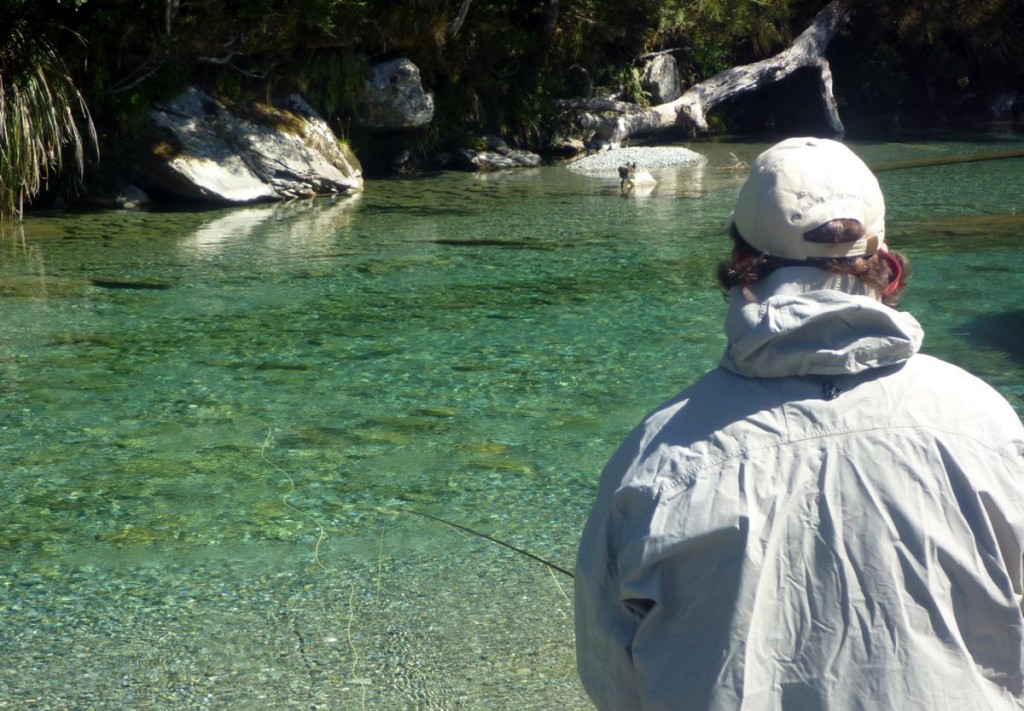
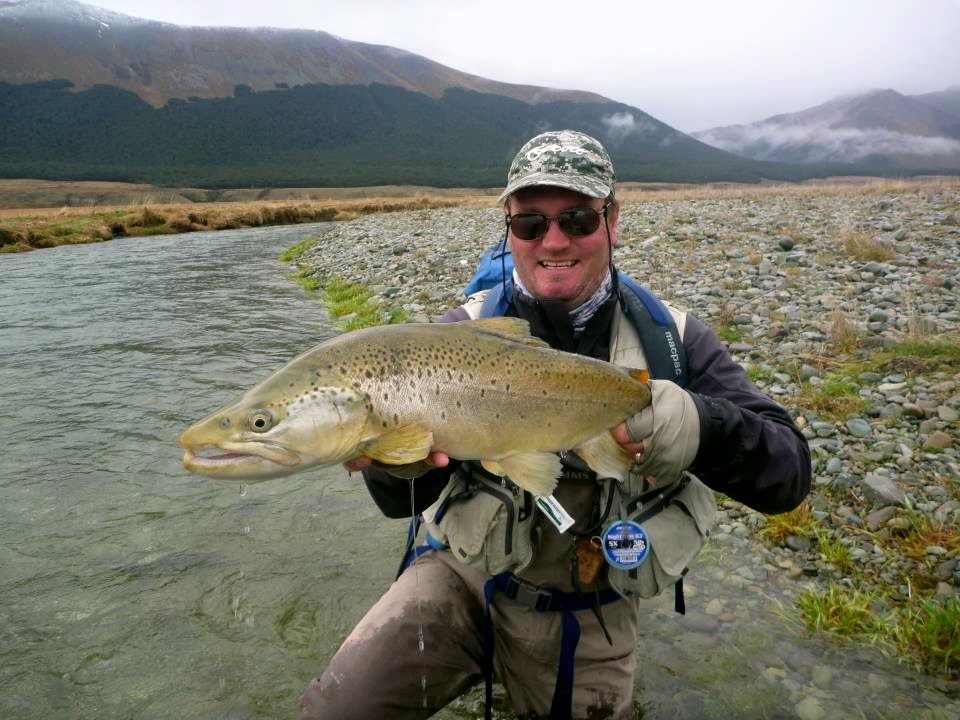
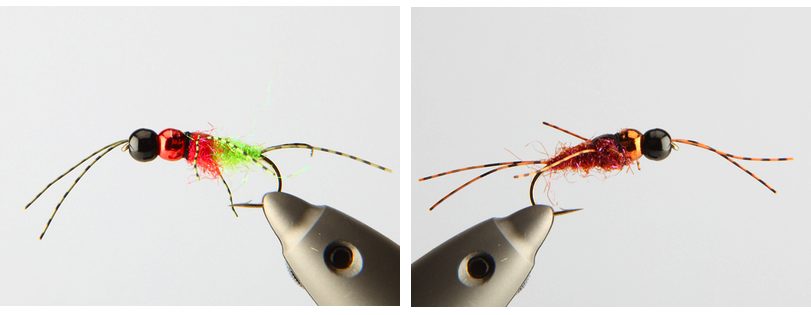
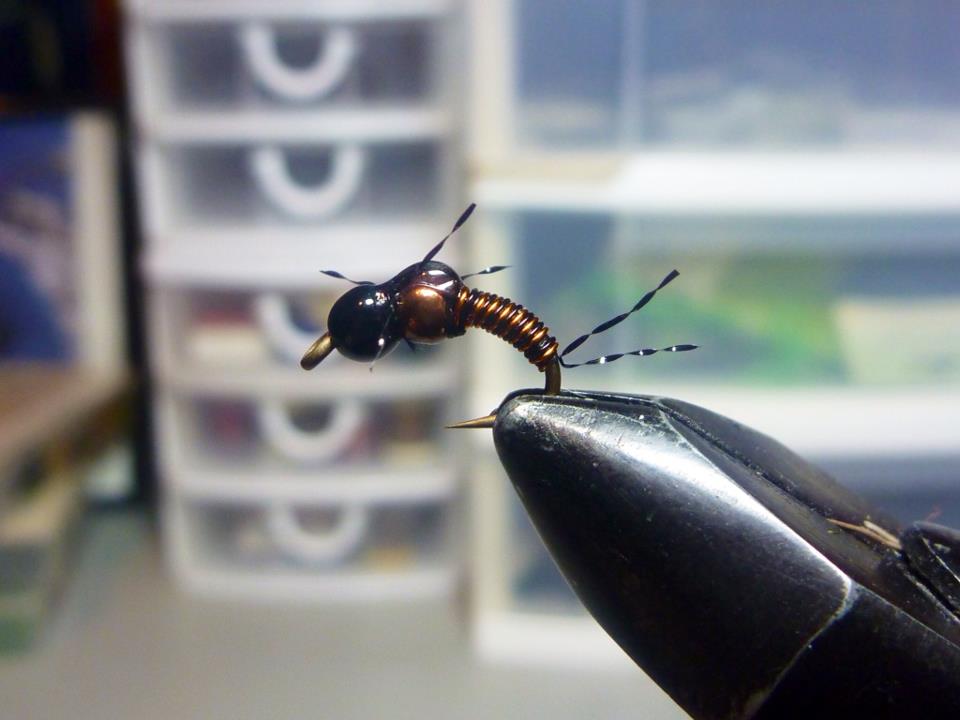
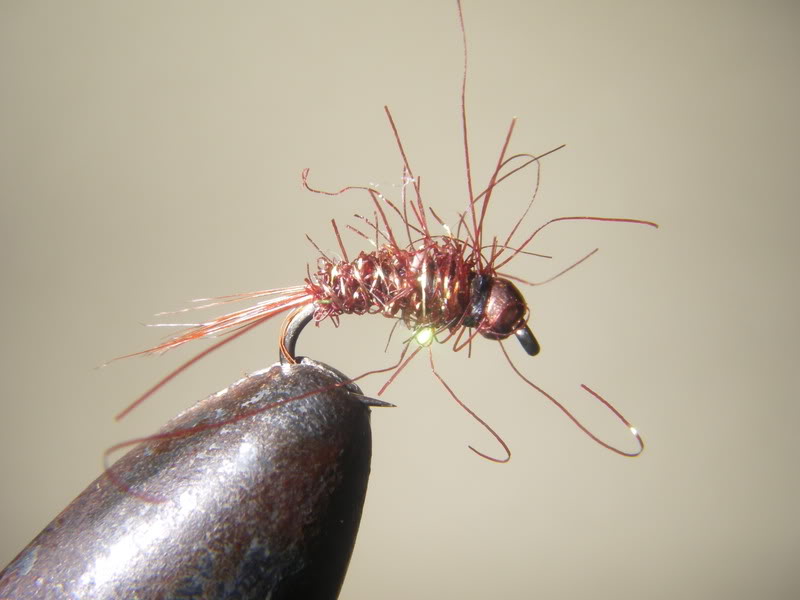

Great article from someone who knows his onions (and flies and fish and rivers!)
Harvey,
Yes he does and also super cool guy as well. I hope to have him guide me one day.
Kent
Good stuff. Gotta say I really like the Uglies and the Iron Maiden. I’ll be tying some of those on my off days this week for sure. Quite often I fish a fly very similar to his hot spot caddis and it’s a great fly. I like how he emphasizes depth when it comes to nymphing. When you think you have enough weight to get where the trout are… add one more shot, or tungsten beaded fly. Then you might actually be nymphing deep enough.
Another thing…. Kudos for getting another guide involved from other parts of the world. It’s cool to see how people fish to trout in different regions, and the different (but similar) flies they use to imitate their hatches. It’s cool to see the different schools of thought as well. Just like Chris mentioned… in New Zealand they are more concerned about presentation and size, this being related to the fact that New Zealand trout have to be more opportunistic. It’s just cool to get that perspective, especially since all I’m accustomed to are southeast tailwaters and freestone streams. And on top of that I picked up on some cool new flies that I’ll be tying for my next competition! Sweet!
Justin,
I thought the same thing, thats why I was so pumped to post it on the blog. Louis and I are going to continue to pick the brains of top guides around the world to bring our followers valuable information. Thanks for the comment. You’re the first to step up and tell us your thoughts on the post.
Kent
Pingback: Tippets: Acquiring Perfection, Stream-Leasing in Wyoming, New Zealand Nymphing | MidCurrent
My wife & I have fished with Chris Dore on all three of our trips to the NZ. He is a truely amazing guide. Knowledgable, instructive and a great mate to spend a day (or three) out in the Southland with. He’s the only human I’ve ever seen false cast all 90′ of 5wt fly line AND 5′ of backing outside the top guide of my Sage Xp and the line never touched the ground. He talks the talk and walks the walk. Cheers
Great stuff. Chris mentions tying the same pattern with different amounts of
weight. What is Chris’ system for keeping track of the amount of weight in each fly – particularly no weight vs lead or nonlead wire, and brass vs tungsten bead?
Thanks! Steve
Often its as simple as a hotspot of tying thread beneath the tail or a different collar between unweighted and leaded Steve. All my beads are tungsten or double tungsten.
I have had the pleasure of knowing Chris Core and Simon Chu (the fly creator) for years now and they are both a wealth of knowledge in approaches to fly fishing. Plus they are two great guys who just flat out love the sport of fly fishing!
Good stuff Chris!
Joel
Hi, this article is really great and if I lived in the South Island, would have the range as suggested. What about the North Island, Taupo, Rotorua, the Urewera National Park, would these flies be suitable there? Is there a North Island guide who could recommend a few flies for these wonderful areas?